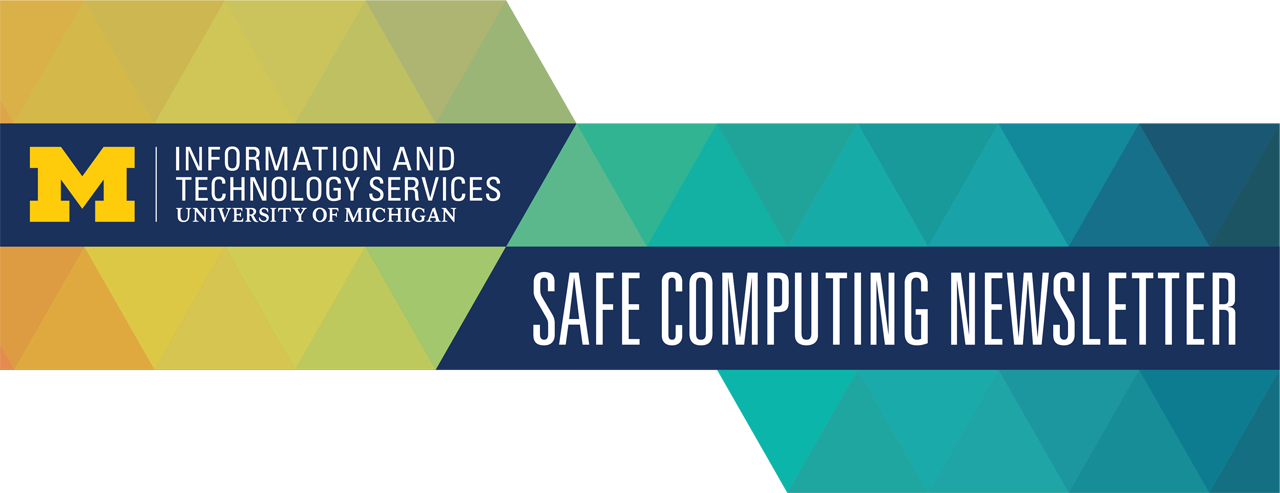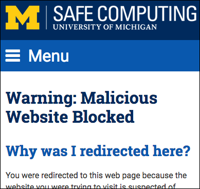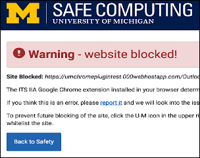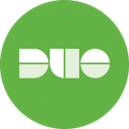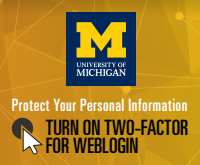The revised Information Security Policy (SPG 601.27) is in the final stages of the approval process. Once the policy is approved, it will replace the current version of the policy in the university's Standard Practice Guide (SPG).
The standards that support the revised policy are entering the final stage of their approval process as well. IA staff are finishing up revisions to incorporate additional feedback and expect to submit the final versions to Vice President for Information Technology and Chief Information Officer Kelli Trosvig for her approval and signature later this summer. Once signed, the standards will be published on the CIO website. In addition, there are plans to convene a multi-unit working group to review the standards on a periodic basis.
The new policy and standards will be implemented in a phased approach to give units a reasonable amount of time to learn about and comply with the recommendations and guidance.
In the meantime, web pages covering current IT policies have been reorganized to make existing policies and standards easier to find:
- Information Technology Policies. This page is now more concise, with links to policies moved to the top.
- General Information Technology Policies. Policies have been grouped by category (for example, privacy and data management).

